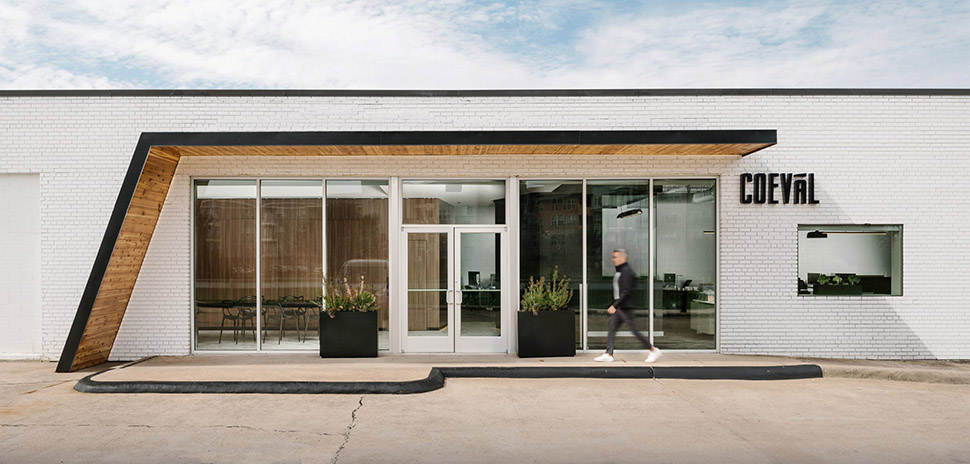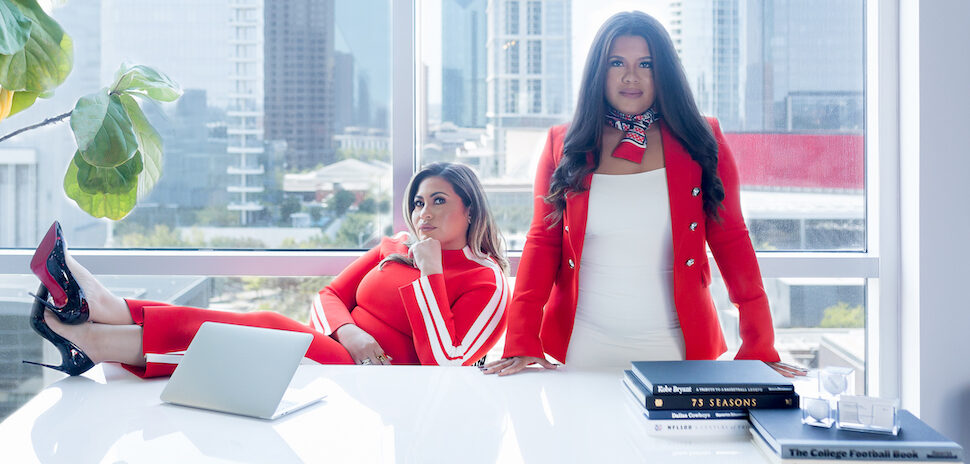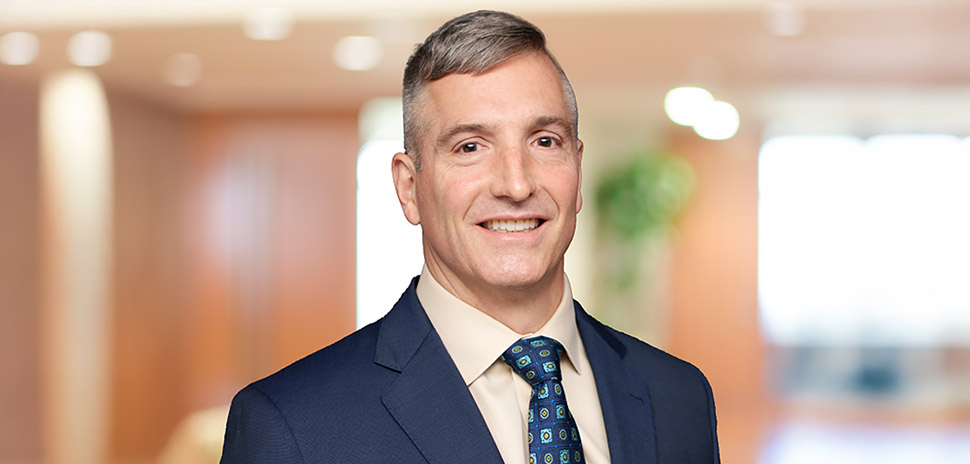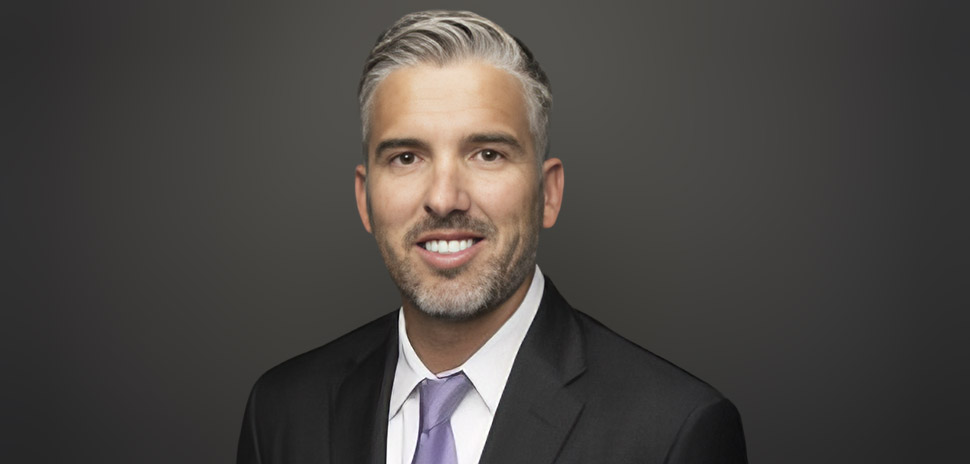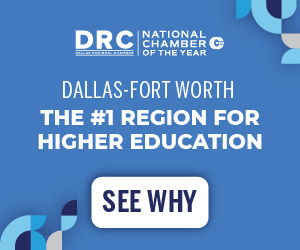If you get excited about going to Teasom for a warm drink or getting your hair done at Pressed Roots, then you partly have John Paul Valverde, Miguel Vicéns, and the rest of the Coevál Studio team to thank.
Coevál Studio is an interior and architectural design studio that focuses on hospitality design. The studio’s intentional, practical, and collaborative approach to design has helped to create some of Dallas’ hotspots.
It is due to Coevál Studio that The Rustic, Gloria’s, Happiest Hour, Vidorra, Citizen, and Stirr look and feel the way they do. And more recently, the studio has finished projects such as a new Citizen location in Deep Ellum and a new Serious Pizza location in the Fort Worth area.
Founded in 2008, Coevál Studio’s projects have included restaurants, bars, and retail concepts, with two of its most notable projects—The Rustic and Happiest Hour —having performed 25 percent over projections after their openings.
But originally, Valverde and Vicéns founded the studio out of necessity.
Creating something out of nothing
During the 2008 housing crisis, Valverde owned a real estate company and Vicéns was an architectural designer. Both were experiencing a decrease in work.
“It was figuring out what other business we had to open in order to stay afloat. But everything was kind of falling apart around us,” Valverde told Dallas Innovates.
The few locations Valverde was still able to lease to clients at that time were restaurants, and many of his clients were young entrepreneurs, like him, who needed support.
“They knew they were looking for a restaurant, they knew they knew how to cook, but they didn’t know what they needed in order to get from that point to actually opening,” he says. “So we started offering designing services.”
Valverde said he hired Vicéns, who has a background in architecture, to help him design a few floor plans for an early design project. Only a few weeks later, the two decided to form Coevál Studio out of Valverde’s existing Coevál Real Estate business.
The pair’s differing backgrounds in real estate and design have provided the studio with well-rounded expertise and the ability to work on every aspect of a concept and physical design, including architecture, interior design, menu design, and graphic design.
Rather than having a consistent style, the studio aims to “discover” the style of each individual project, based on the history of the space, the creative and functional goals of the project, and its customer demographics.
“Our focus is really trying to figure out how to create that concept that, subconsciously, people really feel like they want to be back,” Valverde says. “It’s more of an overall feeling or essence of a room.”

The interior of Pressed Roots. [Image: Courtesy Coevál Studio]
An approach this individualized is made possible through Coevál Studio’s intimate team of nine. If a client is starting a new concept, Coevál Studio sits down with them to learn what their brand, interior, and architectural needs are.
“When we’re done designing your brand, we’re also designing your interior and we’re designing your space layout,” Valverde says. “So when we’re presenting to you, all three are synchronized, and all three are cohesive with one another.”
The small size of Coevál’s team has also brought some of the studio’s largest obstacles. Breaking into the vast corporate world of design, that’s full of studios with 200 to 300 employees, has made Coevál’s ability to sell their personal and holistic design experience critical. According to Valverde, it is sometimes hard for board members to fathom how large-scale ideas can come from two to three people rather than the hundreds they are used to.
But the studio of nine has proven itself capable of developing some of Dallas’ most successful hospitality spaces, and doing it efficiently.
When it came to designing Pinstack, the team came up with the original concept in a matter of days. The owners of Pinstack called Valverde and Vicéns about their idea for an upscale bowling and dining destination on a Thursday and said they would need to present their brand and design idea the following Monday morning.
In those four days, Coevál Studio’s team came up with the name, the brand, the architectural direction, and a rendering of the space.
Coevál was hired as the designer for Pinstack after the presentation, which Valverde describes as a “test” that helped them move out of the studio they were sharing with another builder and into their own.
“It was such a big client for us,” he says.

[Image: Courtesy Coevál Studio]
Drawing inspiration from experience
Valverde’s and Vicéns’ Latin American backgrounds, from Mexico and Puerto Rico respectively, are also part of what make the duo unique.
Valverde spent his summers in Mexico City growing up, and now draws inspiration from how international and authentic the design he encountered was.
“It doesn’t mean just because we’re from Mexico, the architecture is Pueblo or anything like that,” he said. It has more to do with the essence of a culture, than the typical symbols of Mexico that are so commonly found in the U.S.
Valverde has also been inspired by his trips to Eastern Europe, where he describes the design style as being beautiful and raw.
In order to incorporate these sources of inspiration into Coevál’s work and stand out in the American design space, they try to source furniture and other pieces of decor internationally when possible.
“We just want to see if we can find some really cool items like these beautiful clay pots that we designed,” says Valverde.
The studio sources from across the U.S. and internationally in Canada, Mexico, Belgium, and more. As a result of COVID, however, he says they “haven’t been able to source as authentically as [they] would like.”
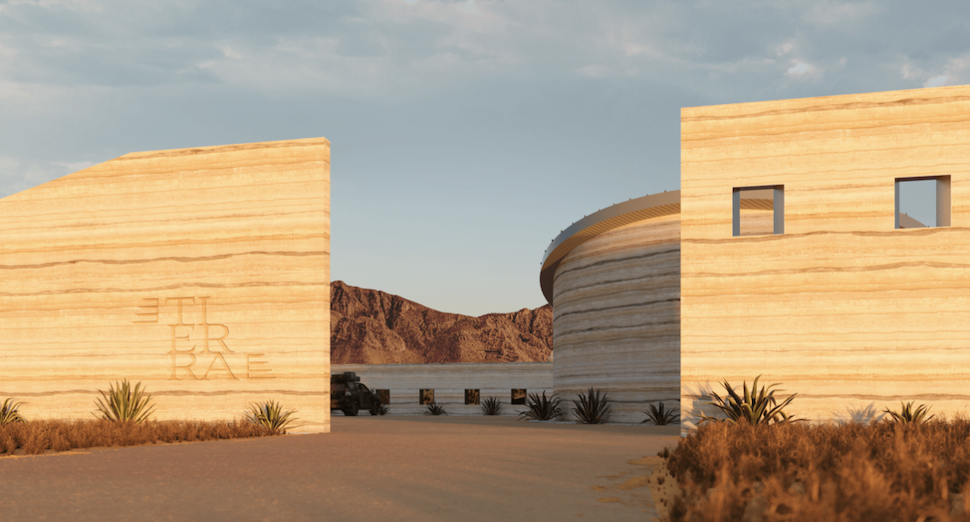
Coevál Studio’s TIERRA concept. [Image: Courtesy Coevál Studio]
Looking ahead
When the pandemic put most of Coevál Studio’s projects on hold, the team decided to test their creativity on new projects they could only dream about in the past, including a museum concept in West Texas called TIERRA, which they rendered digitally, placing it in the mountains near Marfa, Texas.
In addition to TIERRA, Coevál has been designing Sporting Club, a 15,000-square-foot project in Deep Ellum set to open this month; Harper’s, a Dallas restaurant opening in May; and Vice Park, a Miami Vice-like restaurant and bar opening later this year in Deep Ellum.
Valverde sees multi-use spaces being the future of architectural design.
A pre-COVID trend exacerbated by a pandemic lifestyle, restaurants, cafes, bars, and breweries with large patios, open floor plans, and a variety of offerings are here to stay post-pandemic, according to him.
This small studio credits much of its success to its ability to adapt quickly to new trends, learn as it goes, and work collaboratively with its clients.
As physical spaces begin to open more frequently, Valverde is looking forward to seeing his team feel the reward of their work. While large firms can have projects take three years to open, Coevál’s team can see the outcome of their work much more immediately, which keeps motivation high.
“Knowing that our studio has contributed a good amount to the entertainment district and also to the culinary scene has been really exciting for me,” says Valverde, who is proud to be making his mark on his hometown of Dallas.
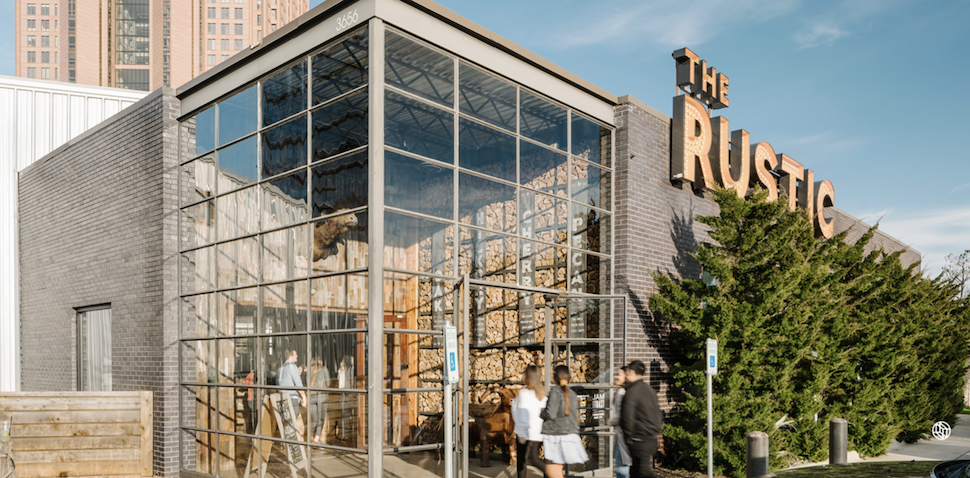
The exterior of The Rustic. [Image: Courtesy Coevál Studio]
![]()
Get on the list.
Dallas Innovates, every day.
Sign up to keep your eye on what’s new and next in Dallas-Fort Worth, every day.

